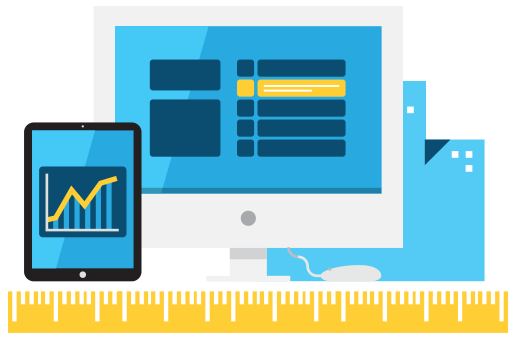 Nonprofits have been able to track gather important data about their audiences interactions with their website via Google Analytics. Facebook pages have also offered some insightful data on audience engagement. Twitter has been a bit late to the party, providing very limited data unless you invested in their ad platform. Just recently however Twitter rolled out their new Analytics platform, making it accessible to everyone. What will this mean for the nonprofit world, and will this change how we're communicating on Twitter?
Nonprofits have been able to track gather important data about their audiences interactions with their website via Google Analytics. Facebook pages have also offered some insightful data on audience engagement. Twitter has been a bit late to the party, providing very limited data unless you invested in their ad platform. Just recently however Twitter rolled out their new Analytics platform, making it accessible to everyone. What will this mean for the nonprofit world, and will this change how we're communicating on Twitter?
Now people will be able to see what tweets are being seen by how many people, and how frequently their tweets are actually being clicked on, retweeted, or favorited.

If you haven't had a chance to look at the different analytic options, we'll give you a short rundown...
For your tweets, you can track:
- overall impressions
- engagements
- engagement rate
- link clicks
- retweets
- favorites
- replies
For your followers, you can track:
- growth
- interest
- geographical location
- gender
- the people your followers follow
While you're tracking your tweets and gauging what's resonating with your audiences, it's important to remember that vanity metrics aren't everything, and quite honestly, they shouldn't be your top priority. Your top priorities on Twitter should be about genuinely engaging your audience and moving them up the ladder of engagement. Social media isn't a broadcasting system, it's meant to be social, like a cocktail party.
Some people are concerned that Twitter is not what it used to be. This past January, Jenna Wortham said that social media "is fueled by our own increasing need for attention, validation, through likes, favorites, responses, interactions. It is a feedback loop that can’t be closed, at least not for now."
Do you think that the new analytics will only add fuel to the fire that we call validation?
Here are 3 ways that nonprofits can use the new analytics without giving into the vanity metrics:
- Don't obsess over every piece of data. Looks for overall trends.
- Use the analytics to determine what sort of content is resonating with your audience. What sort of content are you putting out to the Twittersphere that your audience really needs from you? Try to produce that sort of content once a day or a few days a week depending on your capacity.
- Use the analytics to supplement your realtime engagement, but don't get stuck in the numbers. Use the analytics to test how campaigns are running, or how hashtags perform, but then remember # 1.
What are your thoughts about Twitter's release of analytics to the public?



COMMENTS